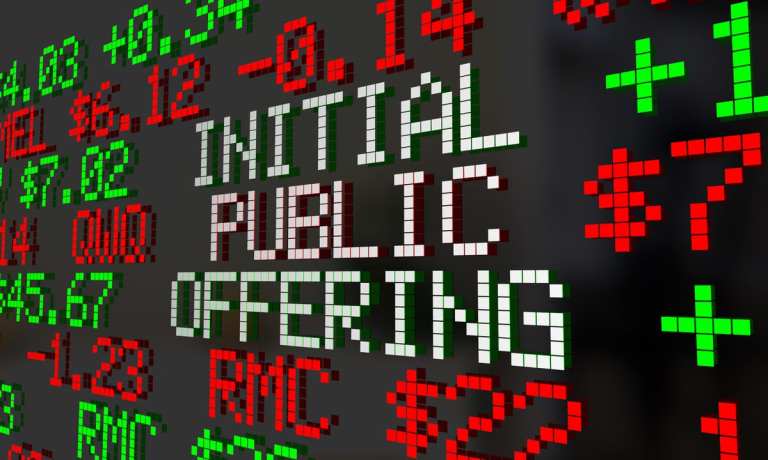
The special purpose acquisition company (SPAC) has been having what might be termed a moment in the sun on Wall Street. It’s a moment that has stretched back over more than a year.
But like those “pandemic puppies” that people clamored for as COVID-19 took over daily life and forced us all to do everything from home … there’s the question of what to do with those impulse buys after the buying has been done.
In other words, what you’ve got may not be what you thought you’d get when you pulled the trigger and took the plunge.
For the SPACs, there may be risks that are not, at least in this super-charged environment, fully considered by the retail investors piling into the space. To date in 2021 alone, there have been 160 SPAC initial public offerings (IPOs), as estimated by SPAC Research, with proceeds of more than $50 billion, compared to $83.4 billion raised in all of 2020, across 248 IPOs.
The key is the de-SPACing process, which effectively brings the process to completion.
As has been widely reported, the mechanics of the SPAC process moves along these lines: The SPAC exists as a so-called “blank check” company that takes other firms public, and does so in a way that sidesteps some of the regulatory hurdles of the traditional initial public offering. In terms of the steps, the management behind the SPAC (which, as we’ve reported, has included a range of Wall Street titans like Bill Ackman and even politicians and sports stars) looks to buy an existing (but at the time of the SPAC IPO, not identified as the intended target) firm, and take the entity public.
Let’s Make A Deal
To get to the end stages — to make the deal, and then list the merged entity — is known as a de-SPACing. And that requires, of course, identifying an acquisition target, and getting a majority of the SPAC holders to approve the proposed transaction. The window of time for such a deal, we’ve noted in this space, can stretch out over two years. And so it all may be a case of … hurry up and wait. If the holders don’t like the acquisition that’s been identified, and proposed, they can vote not to approve the transaction, and even to unwind the SPAC itself.
Might it be the case that the landscape of potential targets is perhaps becoming a bit sparse in an investing arena marked by high valuations and a lot of money chasing targets?
As reported by Insurance Journal, the demand for D&O (directors and officers) insurance policies has been soaring. The spike, of course, reflects the simple math that the more listings there are, and the bigger the deals, the more insurance is needed. And as that trade publication reported, Kristin Kraeger, national directors-and-officers practice leader at insurance broker Aon Plc, said in an interview that “there was clearly some SPAC exhaustion in the market. The carriers that were writing these deals mid-year and through the fall started to reflect on their book” and didn’t want to get too heavily weighted in that area.”
Consider for a moment what D&O insurance is. Though it’s a common “cost” of setting up and maintaining and running a company, it protects the personal assets of corporate executives from suits from any number of parties — employees, vendors and investors.
The road toward what we might call the “IPO after the IPO” can be a bit bumpy. As reported by SPACesesearch.com, “first-time sponsors frequently underestimate the challenge of the de-SPAC process, especially in moving shares from SPAC arbs into the hands of would-be fundamental holders in the target company. Many SPACs underperform at basic IR functions such as ensuring sell-side coverage, hosting an analyst day, and developing a modern website.”
Elsewhere, Pillsbury Winthrop Shaw Pittman LLP wrote that there is likely to be increased scrutiny of de-SPACing activity from the plaintiff’s bar and the Securities and Exchange Commission. The law firm noted a late 2020 class action complaint that, focused on food delivery app Waitr (which went public in a 2018 SPAC merger), alleged the acquisition could not realistically achieve the financial targets outlined in the SPAC’s filings with the SEC.
The SPAC rally, marked by huge inflows of funds, excitement and possibly, down the line, a dearth of avenues to de-SPAC, might come to a screeching halt.